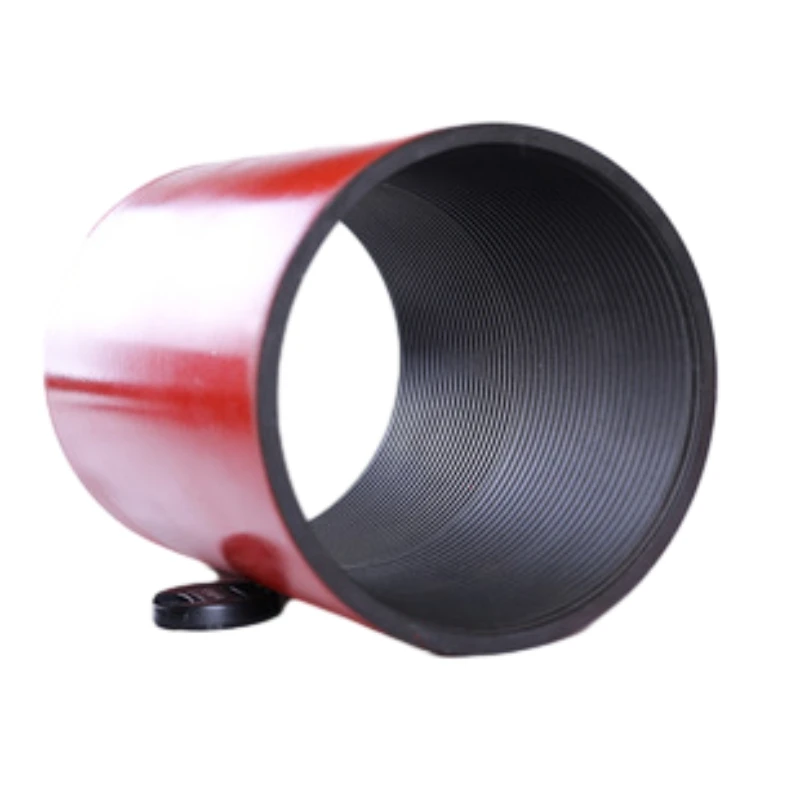- Afrikaans
- Albanian
- Amharic
- Arabic
- Armenian
- Azerbaijani
- Basque
- Belarusian
- Bengali
- Bosnian
- Bulgarian
- Catalan
- Cebuano
- Corsican
- Croatian
- Czech
- Danish
- Dutch
- English
- Esperanto
- Estonian
- Finnish
- French
- Frisian
- Galician
- Georgian
- German
- Greek
- Gujarati
- Haitian Creole
- hausa
- hawaiian
- Hebrew
- Hindi
- Miao
- Hungarian
- Icelandic
- igbo
- Indonesian
- irish
- Italian
- Japanese
- Javanese
- Kannada
- kazakh
- Khmer
- Rwandese
- Korean
- Kurdish
- Kyrgyz
- Lao
- Latin
- Latvian
- Lithuanian
- Luxembourgish
- Macedonian
- Malgashi
- Malay
- Malayalam
- Maltese
- Maori
- Marathi
- Mongolian
- Myanmar
- Nepali
- Norwegian
- Norwegian
- Occitan
- Pashto
- Persian
- Polish
- Portuguese
- Punjabi
- Romanian
- Russian
- Samoan
- Scottish Gaelic
- Serbian
- Sesotho
- Shona
- Sindhi
- Sinhala
- Slovak
- Slovenian
- Somali
- Spanish
- Sundanese
- Swahili
- Swedish
- Tagalog
- Tajik
- Tamil
- Tatar
- Telugu
- Thai
- Turkish
- Turkmen
- Ukrainian
- Urdu
- Uighur
- Uzbek
- Vietnamese
- Welsh
- Bantu
- Yiddish
- Yoruba
- Zulu
stainless steel reducer coupling
Understanding Stainless Steel Reducer Couplings
Stainless steel reducer couplings are an essential component in various piping systems where the need arises to connect two pipes of different diameters. Such fittings play a critical role in maintaining the flow of fluids while reducing the risk of leaks and pressure drops. This article explores the features, applications, and advantages of stainless steel reducer couplings, emphasizing their significance in various industries.
What is a Stainless Steel Reducer Coupling?
A stainless steel reducer coupling is a fitting that connects two pipes or tubes of different diameters. It can have a tapered design, allowing for a smooth transition between the two sizes. Made from stainless steel, these couplings offer excellent resistance to corrosion and oxidation, making them suitable for use in harsh environments.
Types of Stainless Steel Reducer Couplings
There are two primary types of stainless steel reducer couplings concentric and eccentric. Concentric reducers maintain an aligned center, making them useful for vertical piping applications. In contrast, eccentric reducers have a flat edge on one side, which allows for better draining of liquids. The choice between the two types depends on the specific requirements of the piping system, including the flow dynamics and space constraints.
Applications of Stainless Steel Reducer Couplings
Stainless steel reducer couplings find extensive applications in various industries, including
1. Plumbing In residential and commercial plumbing systems, these fittings are used to connect pipes of different sizes, ensuring a continuous flow of water.
2. Oil and Gas The oil and gas industry requires robust and durable fittings that can withstand high-pressure environments. Stainless steel reducer couplings are often used to manage flow in pipelines that transport oil and gas products.
3. Food and Beverage Stainless steel is a material of choice in the food and beverage industry due to its non-reactive and hygienic properties. Reducer couplings in this sector ensure that the production process runs smoothly without contamination.
stainless steel reducer coupling

4. Chemical Processing Chemical plants often involve highly corrosive substances, and stainless steel reducer couplings offer the durability needed to handle these materials safely.
5. Marine Applications In marine settings, where exposure to saltwater can lead to rapid corrosion, stainless steel reducer couplings provide a reliable connection that maintains structural integrity.
Advantages of Stainless Steel Reducer Couplings
The use of stainless steel reducer couplings offers numerous benefits, including
- Corrosion Resistance Stainless steel is specially formulated to resist corrosive elements, making these couplings ideal for outdoor or high-moisture applications.
- Durability These fittings are designed to withstand high pressures and temperatures, ensuring longevity in even the most demanding environments.
- Hygiene In industries such as food and beverage, the non-porous surface of stainless steel helps maintain sanitary conditions.
- Aesthetic Appeal Stainless steel fittings, including reducer couplings, have a sleek and modern appearance, making them suitable for visible installations.
- Ease of Installation Reducer couplings are user-friendly and can be easily installed using standard plumbing techniques, which helps save time and labor costs.
Conclusion
Stainless steel reducer couplings are vital components in a wide range of applications across various industries. Their ability to connect pipes of differing diameters while resisting corrosion and ensuring durability makes them indispensable. As industries continue to evolve, the demand for reliable piping solutions, such as stainless steel reducer couplings, will undoubtedly increase, reinforcing their importance in modern engineering and construction. Understanding their features and benefits can help engineers and contractors select the right fittings for their specific needs.
-
Tubing Pup Joints: Essential Components for Oil and Gas OperationsNewsJul.10,2025
-
Pup Joints: Essential Components for Reliable Drilling OperationsNewsJul.10,2025
-
Pipe Couplings: Connecting Your World EfficientlyNewsJul.10,2025
-
Mastering Oilfield Operations with Quality Tubing and CasingNewsJul.10,2025
-
High-Quality Casing Couplings for Every NeedNewsJul.10,2025
-
Boost Your Drilling Efficiency with Premium Crossover Tools & Seating NipplesNewsJul.10,2025







